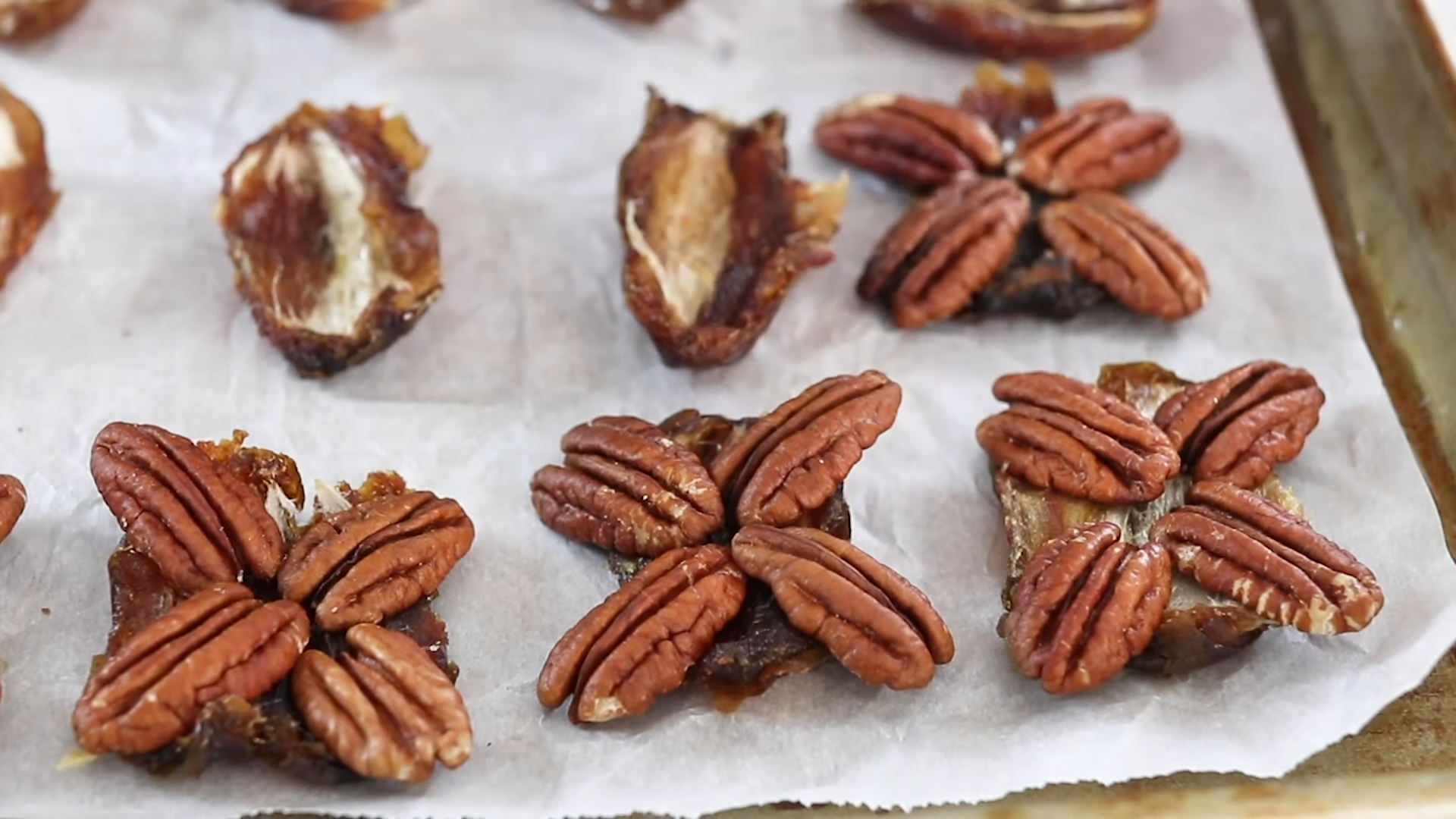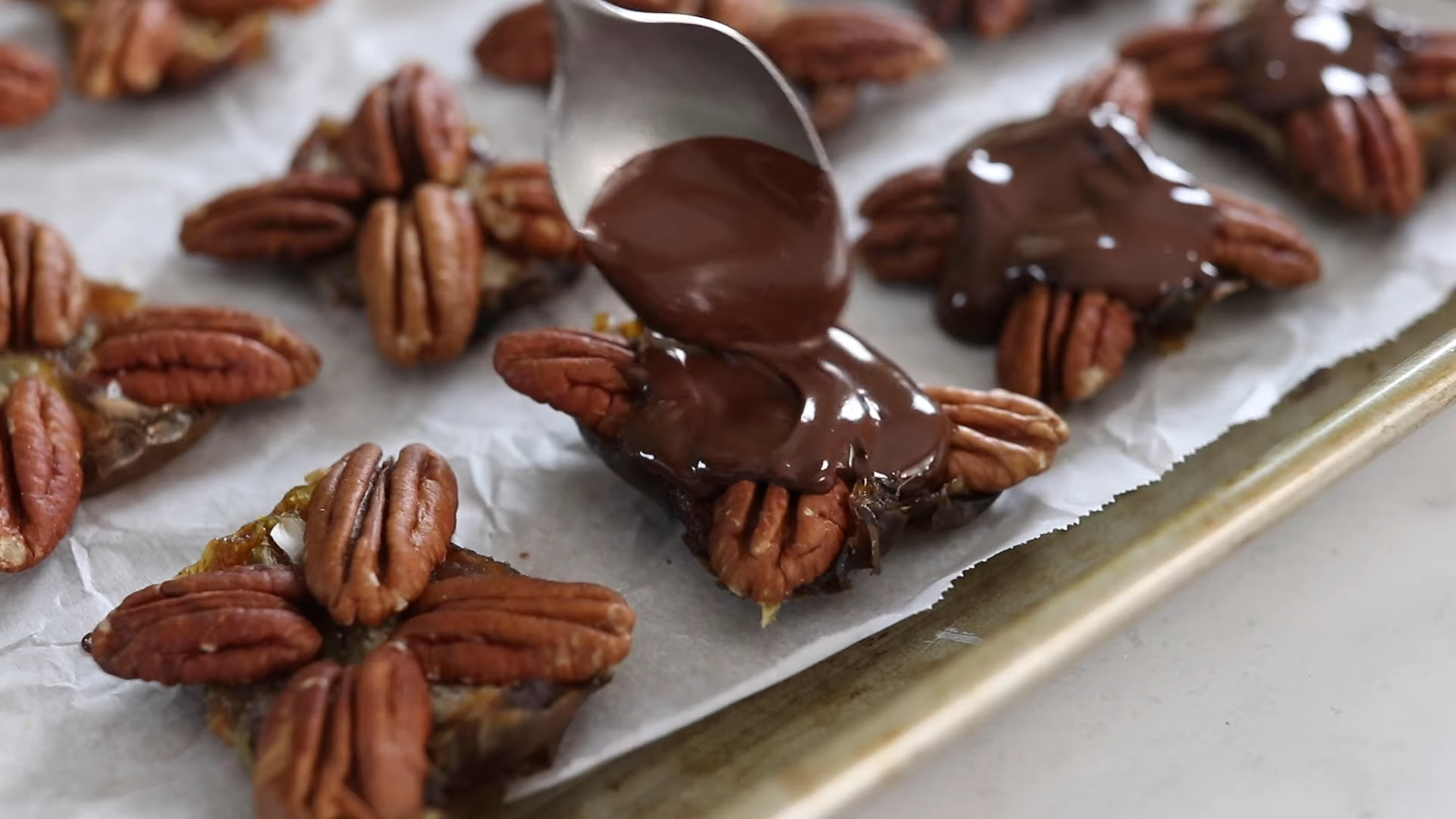Introduction to the Chocolate Turtles Article
Chocolate Turtles, a classic delight that combines the crunch of pecans with the gooey goodness of caramel and the richness of chocolate, have captured the hearts of candy lovers for decades. In this article, we will delve deep into the world of these beloved confections. From the basic ingredients and steps to craft your own batch at home, to exploring various twists on the traditional recipe and how to serve them at your next gathering, this guide has got you covered. Whether you’re a novice baker or a seasoned confectioner, you’ll find valuable tips and ideas to enhance your dessert repertoire.
Introduction to Chocolate Turtles
What are Chocolate Turtles?
Chocolate Turtles are more than just a candy; they are a perfect blend of textures and tastes that tantalize the taste buds. Originating from the idea of combining nuts and caramel with a chocolate shell, these treats have evolved into a symbol of indulgent snacking. Traditionally, Chocolate Turtles consist of a base of pecans, which are often toasted to enhance their flavor, topped with a layer of caramel, and finished with a chocolate coating.
Brief History of Chocolate Turtles
The creation of Chocolate Turtles dates back to the early 20th century in the United States. They were purportedly first developed by a candy maker who saw the pecan and caramel ensemble resembled a turtle with its shell on. Since then, these candies have grown in popularity, becoming a staple in holiday treat assortments and a favorite gift item. Their enduring appeal lies in their simple yet satisfying combination of crunchy, chewy, and creamy textures.
In our next section, we will uncover the essential ingredients you need to have on hand and the tools required to make these decadent treats right in your own kitchen. Stay tuned to learn how to bring this sweet tradition into your home with ease and flair.
Variations of Chocolate Turtles
Vegan and Gluten-Free Options
For those with dietary restrictions or preferences, it’s easy to modify the traditional Chocolate Turtles recipe:
- Vegan Turtles: Use dairy-free caramel and vegan chocolate. Many stores offer plant-based alternatives that melt and taste just as delightful as traditional chocolate.
- Gluten-Free Turtles: Ensure that all ingredients, particularly any pre-made caramels, are certified gluten-free. Most natural ingredients in turtles are inherently gluten-free, but always double-check packaging to be sure.
Creative Flavor Combinations
Experimenting with different flavors can transform your turtles into a uniquely gourmet experience:
- Dark Chocolate and Orange Zest: Add a bit of grated orange zest to the caramel for a citrusy tang that cuts through the sweetness of the dark chocolate.
- White Chocolate and Matcha: Drizzle white chocolate over the caramel pecans and sprinkle with matcha powder for a touch of earthiness and vibrant color.
- Spicy Chocolate: Mix a pinch of cayenne pepper into your melted chocolate for a spicy kick that contrasts beautifully with the sweet caramel.
Decorative Ideas for Special Occasions
Make your Chocolate Turtles stand out at any event with these decorating tips:
- Seasonal Toppings: For Christmas, sprinkle crushed peppermint candy on top of the chocolate before it sets. Use toasted coconut or chopped nuts for a summer treat.
- Drizzle Patterns: Use multiple types of chocolate—white, milk, and dark—and alternate drizzles to create a striking visual effect.
- Edible Gold Leaf: For a truly luxurious finish, apply a small piece of edible gold leaf to each turtle. This is especially perfect for weddings or anniversary celebrations.
These variations not only cater to different tastes and dietary needs but also add a playful twist to the classic Chocolate Turtles, making them even more irresistible. Next, we’ll dive into the nutritional information of these delicious treats, helping you understand their caloric and dietary content.
Nutritional Information
Caloric Content of Chocolate Turtles

Chocolate Turtles are undeniably a treat, and understanding their nutritional impact can help you enjoy them as part of a balanced diet. Here’s a basic breakdown:
- Pecans: Rich in healthy fats, pecans contribute significantly to the calorie count but also offer vitamins and minerals.
- Caramel: Primarily sugar and butter, caramel adds a fair amount of calories from sugars and fats.
- Chocolate: Depending on whether you use dark, milk, or white chocolate, the calories can vary. Dark chocolate generally contains fewer calories and more antioxidants compared to milk chocolate.
On average, a single chocolate turtle could contain between 100-150 calories, largely depending on the size and specific ingredients used.
Discussing Allergens and Dietary Considerations
When it comes to allergens, Chocolate Turtles typically contain:
- Nuts (Pecans): A common allergen, so it’s crucial to alert any potential consumers about the presence of nuts.
- Dairy: Found in traditional caramel and chocolate, though dairy-free versions are available for those with lactose intolerance or dairy allergies.
- Gluten: While inherently gluten-free, cross-contamination can occur if ingredients are processed in facilities that also handle wheat.
For those managing diabetes or watching sugar intake, the high sugar content in caramel and chocolate is also a consideration. Opting for dark chocolate and reducing the caramel component can help lower sugar consumption without sacrificing taste.
Understanding these nutritional and allergen details can assist in making informed choices about consuming Chocolate Turtles and how to adjust the recipe to meet different dietary needs. Next, we will explore how best to pair and serve these delightful treats to enhance any dining or party experience.


